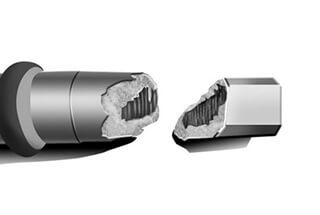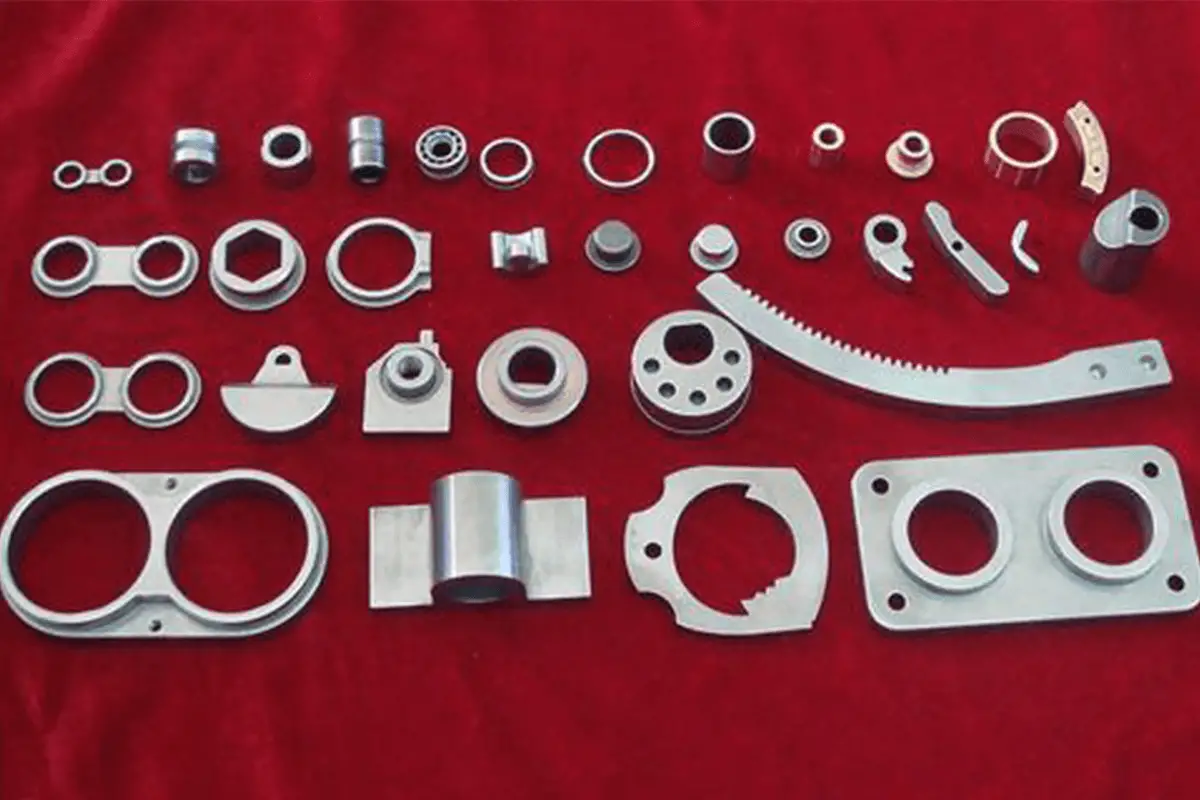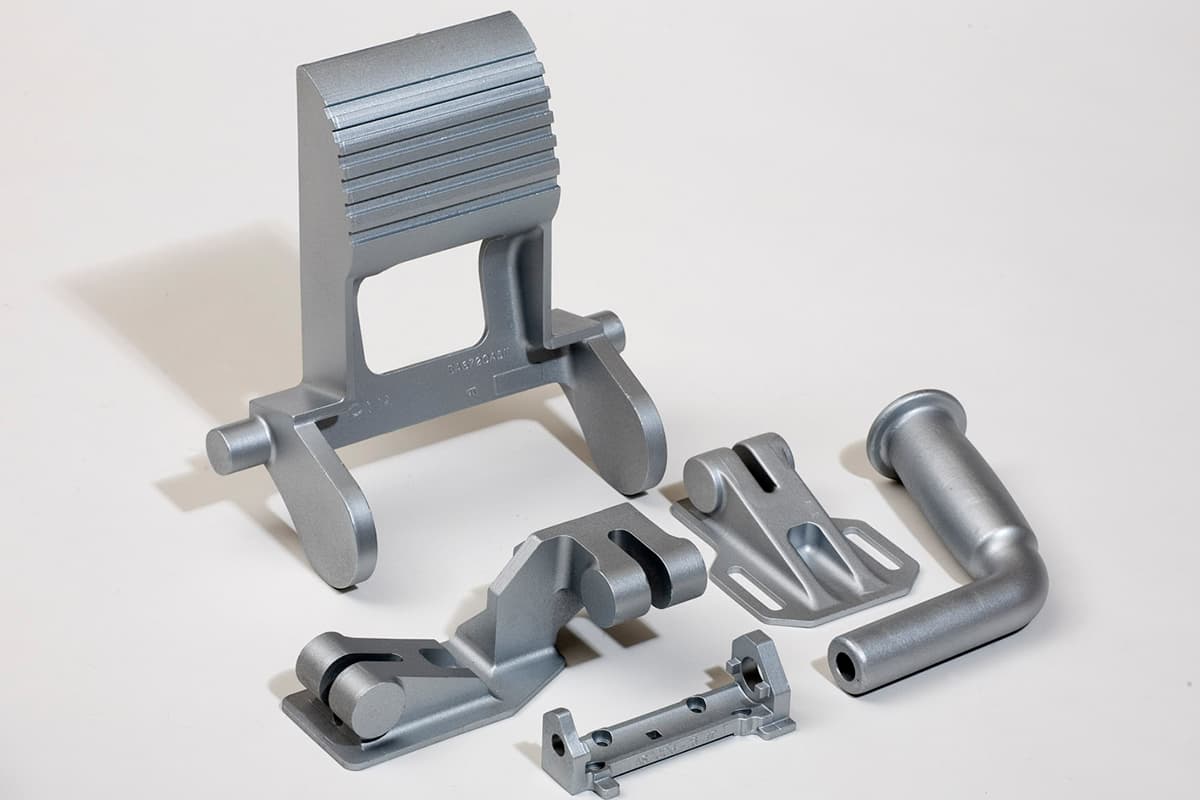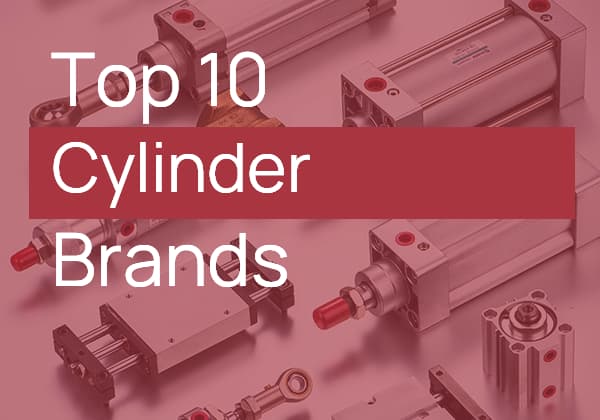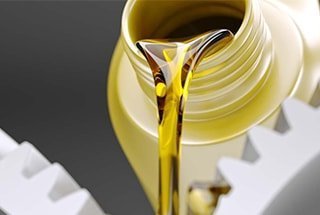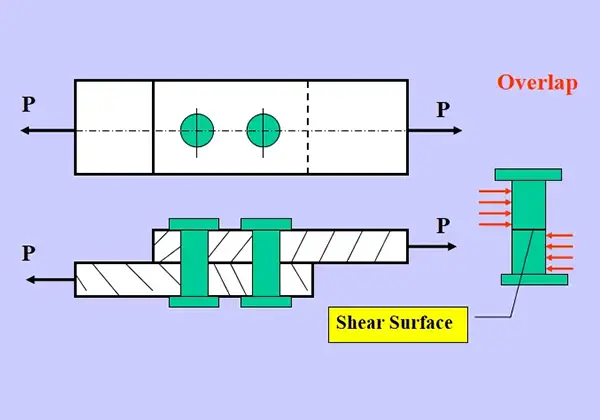
How do metals change when exposed to heat? Understanding thermal expansion is crucial for engineers and builders, ensuring structures withstand temperature fluctuations. This article dives into the formulas and coefficients of thermal expansion for various metals, offering insights and practical calculations. Expect to learn how different metals expand and how to apply this knowledge in real-world scenarios to prevent structural failures.
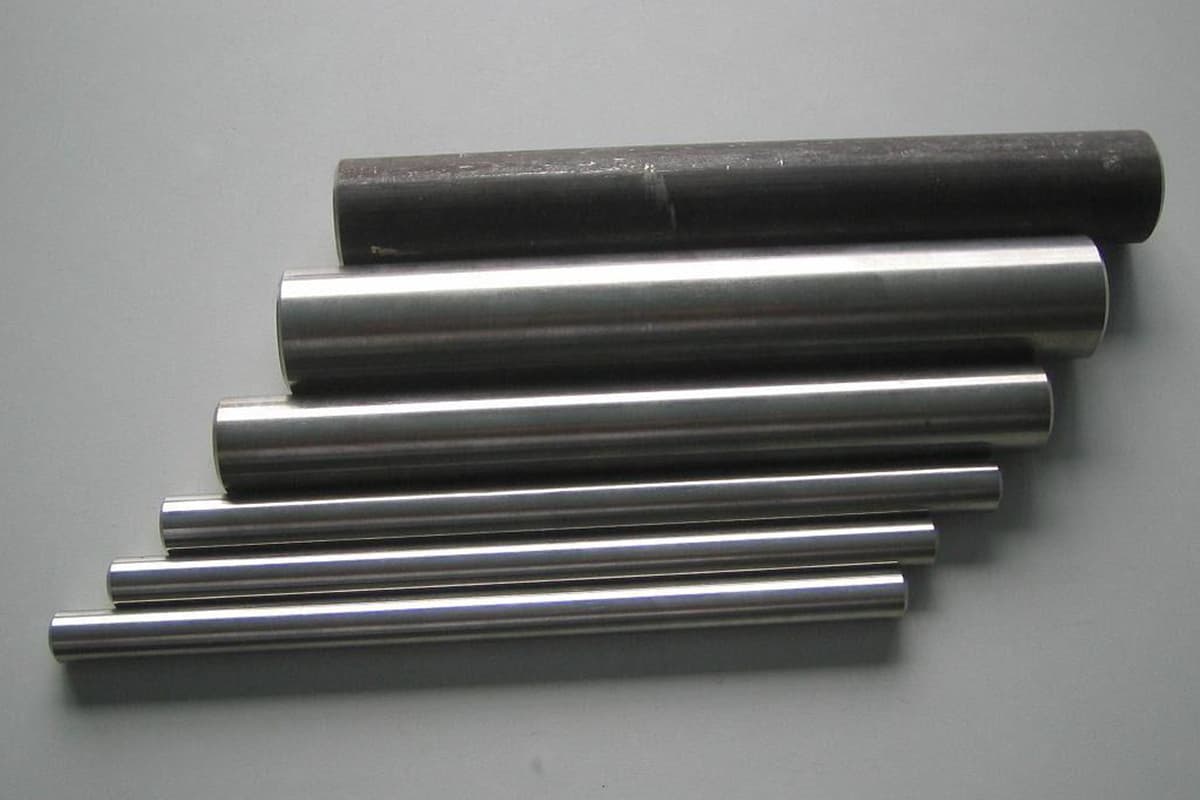

| Material | Coefficient of Thermal Expansion | Length | Temperature | Variation | |
| *10-6/℃ | |||||
| Mild Steel | 11.7 | 100 | 100 | 0.000001 | 0.117 |
| NAK80 | 12.5 | 100 | 200 | 0.000001 | 0.25 |
| SKD61 | 10.8 | 100 | 300 | 0.000001 | 0.324 |
| SKH51 | 10.1 | 100 | 400 | 0.000001 | 0.404 |
| Hard Alloy V40 | 6 | 100 | 500 | 0.000001 | 0.3 |
| SUS440C | 10.2 | 100 | 100 | 0.000001 | 0.102 |
| Oxygen-Free Steel C1020 | 17.6 | 100 | 500 | 0.000001 | 0.88 |
| 6/4 Brass C2801 | 20.8 | 100 | 600 | 0.000001 | 1.248 |
| Beryllium Copper C1720 | 17.1 | 100 | 700 | 0.000001 | 1.197 |
| Aluminum A1100 | 23.6 | 100 | 475 | 0.000001 | 0.30267 |
| Hard Aluminum A7075 | 23.6 | 100 | 500 | 0.000001 | 1.18 |
| Aluminum Alloy | 23.8 | 100 | 350 | 0.000001 | 0.833 |
| Pure Aluminum | 23 | 100 | 350 | 0.000001 | 0.805 |
| Titanium | 8.4 | 100 | 500 | 0.000001 | |
| Gray Cast Iron | 9 | 100 | 350 | 0.000001 | 0.315 |
| General Cast Iron | 10.5 | 100 | 50 | 0.000001 | 0.0525 |
| Cast Iron | 10.5 | 100 | 50 | 0.000001 | 0.0525 |
| General Carbon Steel | 11.5 | 100 | 200 | 0.000001 | 0.23 |
| Martensitic Stainless Steel | 1.01 | 100 | 200 | 0.000001 | 0.0202 |
| Austenitic Stainless Steel | 1.6 | 100 | 200 | 0.000001 | 0.032 |
| Stainless Steel | 14.4-16 | 100 | 200 | 0.000001 | #VALUE! |
| Chromium Steel | 11.5 | 1000 | 20 | 0.000001 | 0.23 |
| Nickel Steel | 14 | 100 | 200 | 0.000001 | 0.28 |
| Copper | 18.5 | 100 | 200 | 0.000001 | 0.37 |
| Bronze | 17.5 | 100 | 200 | 0.000001 | 0.35 |
| Brass | 18.4 | 100 | 200 | 0.000001 | 0.368 |
| Phosphor Bronze | 15.2 | 100 | 200 | 0.000001 | 0.304 |
| Chromium | 6.2 | 100 | 200 | 0.000001 | 0.124 |
| Lead | 29.3 | 100 | 200 | 0.000001 | 0.586 |
| Tin | 26.7 | 100 | 200 | 0.000001 | 0.534 |
| Zinc | 36 | 100 | 200 | 0.000001 | 0.72 |
| Magnesium | 26 | 100 | 200 | 0.000001 | 0.52 |
| Tungsten | 4.5 | 100 | 200 | 0.000001 | 0.09 |
| Titanium | 10.8 | 100 | 200 | 0.000001 | 0.216 |
| Nickel | 13 | 100 | 200 | 0.000001 | 0.26 |
| Cadmium | 41 | 100 | 200 | 0.000001 | |
| Manganese | 23 | 100 | 200 | 0.000001 | 0.46 |
| Beryllium | 12.3 | 100 | 200 | 0.000001 | 0.246 |
| Germanium | 6 | 100 | 200 | 0.000001 | 0.12 |
| Iridium | 6.5 | 100 | 200 | 0.000001 | 0.13 |
| Molybdenum | 5.2 | 100 | 200 | 0.000001 | 0.104 |
| Platinum | 9 | 100 | 200 | 0.000001 | 0.18 |
| Silver | 19.5 | 100 | 200 | 0.000001 | 0.39 |
| Gold | 14.2 | 100 | 200 | 0.000001 | 0.284 |
| Window Glass | 7.6 | 100 | 200 | 0.000001 | 0.152 |
| Industrial Glass | 4.5 | 100 | 200 | 0.000001 | 0.09 |
| Ordinary Glass | 7.1 | 100 | 200 | 0.000001 | 0.112 |
| Pyrex Glass | 3.25 | 100 | 200 | 0.000001 | 0.065 |
| Glass Ceramic | <0.1 | 100 | 200 | 0.000001 | #VALUE! |
| Porcelain | 3 | 100 | 200 | 0.000001 | 0.06 |
| Brick | 5 | 100 | 200 | 0.000001 | 0.1 |
| Rebar | 1.2 | 100 | 200 | 0.000001 | 0.024 |
| Concrete | 1.0-1.5 | 100 | 200 | 0.000001 | #VALUE! |
| Cement | 6.0-14 | 100 | 200 | 0.000001 | #VALUE! |
| Granite | 3 | 100 | 200 | 0.000001 | 0.06 |
| Graphite | 2 | 100 | 200 | 0.000001 | 0.04 |
| Nylon | 120 | 100 | 200 | 0.000001 | 2.4 |
| Polymethyl Methacrylate (PMMA) | 85 | 100 | 200 | 0.000001 | 1.7 |
| Polyvinyl Chloride (PVC) | 80 | 100 | 200 | 0.000001 | 1.6 |
| Carbon Fiber (HM 35in Longitudinal) | -0.5 | 100 | 200 | 0.000001 | -0.01 |
| Wood | 8 | 100 | 200 | 0.000001 | 0.16 |
| Table Salt | 40 | 100 | 200 | 0.000001 | 0.8 |
| Ice, 0℃ | 51 | 100 | 200 | 0.000001 | 1.02 |
Example using material: SKD61
Given:
The dimensional change δ can be calculated as follows:
δ = Thermal expansion coefficient * Length * Temperature change
Using the given values:
δ = 10.8 × 10-6 /°C * 100 mm * 100°C= 0.108 mm

Therefore, the dimensional change (δ) caused by the thermal expansion of the SKD61 rod, with a diameter of 2 mm and length of 100 mm, when the temperature increases by 100°C, is 0.108 mm.
| Metal Names | Element Symbols | Linear Thermal Expansion Coefficient |
| Beryllium | Be | 12.3 |
| Antimony | Sb | 10.5 |
| Copper | Cu | 17.5 |
| Chromium | Cr | 6.2 |
| Germanium | Ge | 6.0 |
| Iridium | Ir | 6.5 |
| Manganese | Mn | 23.0 |
| Nickel | Ni | 13.0 |
| Silver | Ag | 19.5 |
| Aluminum | Al | 23.2 |
| Lead | Pb | 29.3 |
| Cadmium | Cd | 41.0 |
| Iron | Fe | 12.2 |
| Gold | Au | 14.2 |
| Magnesium | Mg | 26.0 |
| Molybdenum | Mo | 5.2 |
| Platinum | Pt | 9.0 |
| Tin | Sn | 2.0 |

